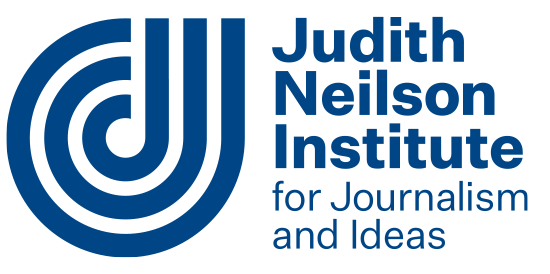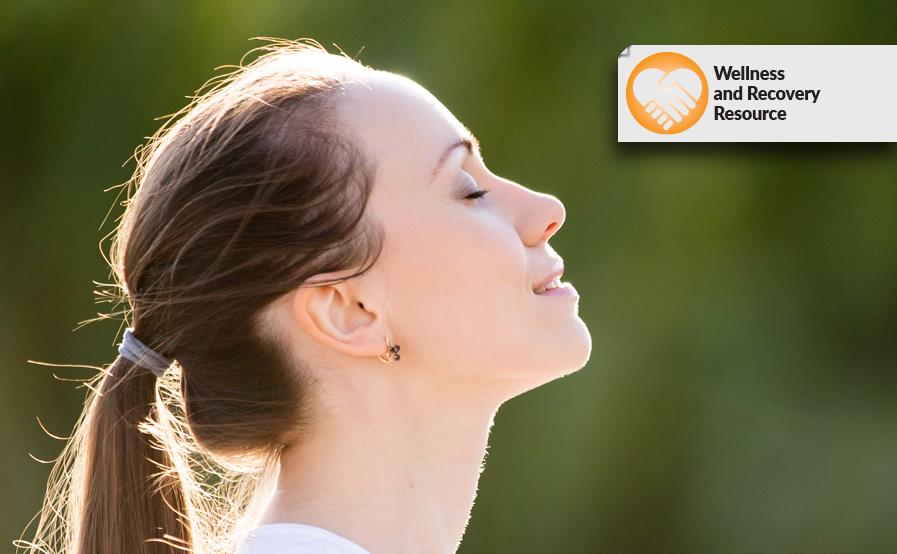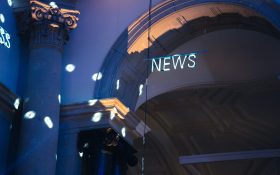Anxiety and uncertainty are old bedfellows for creative types but most of us already know how to talk ourselves off the ledge. It might be walking through the park, drinking coffee from a mug with a crack in just the right place, or dancing to beats in the bathroom.
But COVID-19 has dialed up the usual anxiety which accompanies creative practice and the work/life juggle of being an artist. Suddenly the old tricks don’t work like they used to.
I have started to worry that I am taking too much time to allay my worries (a familiar loop of the ruminative mind). But according to Sherre DeLys, artist and mindfulness expert, 15 minutes of art-making from a place of calm is far more authentic, life-giving and sustainable than five hours or art-making from a place of fear.
I spoke to DeLys along with Prof Jill Bennett and Prof Katherine Boydell as part of a recent Create NSW panel discussion about arts and mental health. DeLys is a sound, storytelling and sculpture artist who is currently undertaking doctoral research into the way artists can cultivate mindfulness to live with the uncertainty intrinsic to the art-making process. According to DeLys, artists already have the key tool for mindfulness: the ability to pay attention.
Paying attention
Artists spend years finely honing the skill of attending, whether as writers jotting notes about how a character blows his nose, or portrait artists capturing how the light slants on to the face of a subject. By turning this curious, non-judgmental attention on to ourselves and our own bodies, we can become aware of what feelings may be driving our work.
DeLys came to the realisation that mindfulness was a key to unlocking her creativity many years before COVID-19. Like many artists, DeLys was ‘living with a sense of low-level threat all of the time’. She needed to do something about it. ‘To the extent that I remained driven by fear and the instinct to control which comes from fear, to that same extent I would be missing the creative possibility that is available in each moment.’
Over the years, DeLys has discovered what is effective in bringing her ‘arousal’ levels down so she can work. ‘I go for a long walk every day, ideally in nature. I make sure I connect to people (if it doesn’t feel like I am going to be dangerous to them through a bad mood!) I try to engage in social contact that I know will be comprised of calm, safe, secure attachments.’ Any arousals that are left are ‘creative arousals, the good kind [of arousals], the challenges which are beneficial to my work.’
When we manage our arousal levels we can tolerate, even thrive in uncertainty. DeLys calls this ‘harvesting curiosity, delight, and even awe at what might happen next in uncertain processes.’
Art-making as a mental health resource
I used to think that my arts practice was what drove me to the counsellor’s couch. As an arts impact researcher, I was well aware that art could be therapeutic in the right setting – but I assumed this did not include the pointy end of writing. However, after spending an hour listening to DeLys, Bennett and Boydell, I began to see what they see: that art-making can actually be a resource for artists’ mental health and wellbeing.
Professor Jill Bennett must have intuited my fear that I am destined to become a crazy, lonely old woman muttering one-liners from book reviews that no one else remembers. Bennett is the director of The Big Anxiety festival. She observed, ‘Traditionally, artists may have been viewed as mad eccentrics. But we can now start to see artists’ capacities for engaging with complex emotions as really productive.’
There is a demonstrable link between art-making and the social determinants of mental health. Professor Katherine Boydell is the Black Dog Institute’s program lead for research in arts-based knowledge translation and exchange. Boydell recently worked with the Art Gallery of NSW on an eight-week Arts on Prescription pilot program for people with mild to moderate depression. She and her research team observed significant increases in the intervention group in mental health and wellbeing, community inclusion, empathy and social engagement, continuing beyond the intervention. These benefits were not seen in the matched waitlist control group.
Arts-led projects may be particularly effective in reaching some of the 65% of Australians with mental health issues who do not seek formal mental health support. Boydell observes the incredibly quick uptake of the arts on prescription program compared to other types of mental health interventions she had been involved with. ‘In my research career I have never before had total recruitment within 24 hours of the intervention and waitlist control groups. It speaks to an interest in being engaged in the arts.’
My new plan
I have a plan. To operationalise what I have learned from these three experts, as of today, I am going to let myself walk as far as I need to and have time for. On my writing mornings, I will set a timer so I take more frequent breaks. That way I can check in with my body. Have I been holding my breath? Could a few stretches help shift the depressed feeling in my gut? Do I need a hug – and if there is no-one around, can I message or call someone who loves me and is good for me, just for five minutes?
When driven by anxiety, art-making can be a fraught and traumatic experience. But when engaged in mindfully, the creative process itself can be a safe haven in the current COVID-19 storm, a place for reflection, a source of strength. I may not be quite ready to harvest delight from uncertainty, but I am ready to peel back the corn husk and see if it is ripe.
This article is based on the session, Health and Wellbeing in Lockdown: How Art Can Help (now online).
The Wellness and Recovery Resource is supported by the Judith Neilson Institute for Journalism and Ideas.






